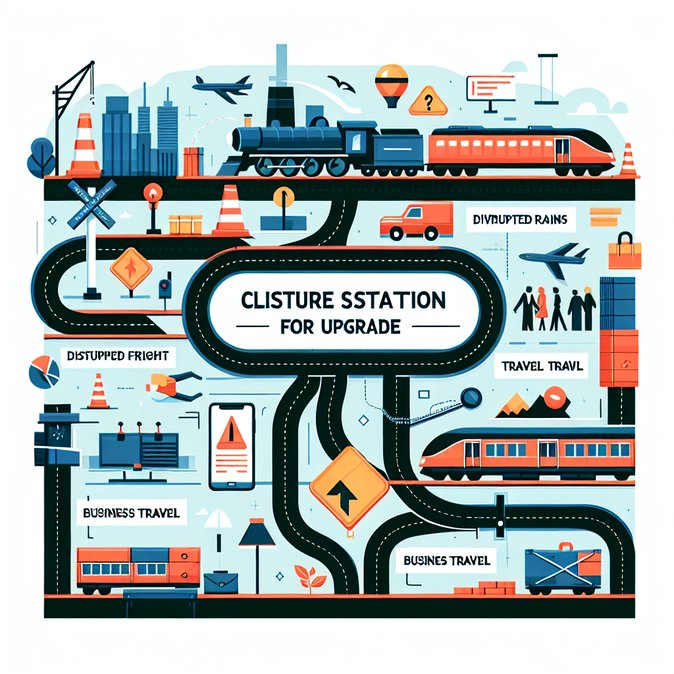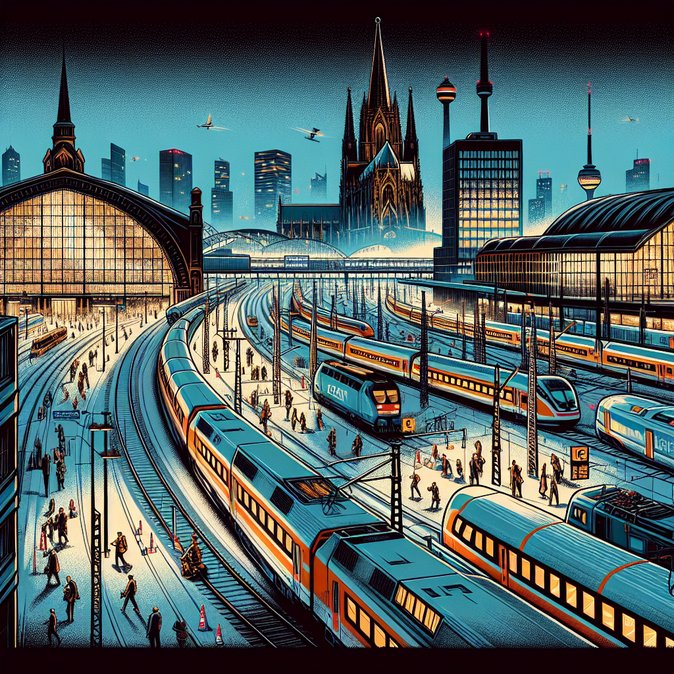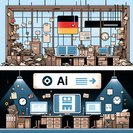
Germany’s fourth-busiest rail hub, Köln Hauptbahnhof, closed to all regional and long-distance traffic at 21:00 on 14 November and will not reopen before 05:00 on 24 November. Deutsche Bahn had originally planned the ten-day shutdown to install a new electronic interlocking system and replace several sets of points, an investment that will increase throughput once Cologne’s Rhine-spanning long-distance tunnel opens in 2028. A late-discovered software fault means the signal box itself cannot yet be commissioned, but track work, platform surfacing and cable runs will proceed, forcing the railway to keep the closure window to avoid further knock-on delays.
While S-Bahn lines continue to call at the station on most days, all ICE and IC services are being rerouted to Köln-Ehrenfeld or Köln Messe/Deutz. High-speed services to Aachen and Brussels now start from Ehrenfeld; trains to Amsterdam, Berlin, Frankfurt, Bremen and Hamburg begin at Messe/Deutz on a reduced timetable. Deutsche Bahn says up to 1,300 train movements normally pass through the cathedral-adjacent terminus each day, so rail capacity in the Rhineland will be tight—especially for time-sensitive business travellers.
![Ten-Day Closure of Cologne Central Station Triggers Major Rail Diversions Across Germany]()
Beyond Cologne, ripple effects are spreading nationwide. Direct ICE connections from southern Germany to Brussels are temporarily suspended, and travellers from North-Rhine Westphalia to Berlin must change in Düsseldorf at off-peak times. Freight operators have also been allocated overnight diversion paths via the freight ring and the Left-Rhine line, potentially lengthening transit times for automotive and chemicals traffic.
Global mobility managers with transferees arriving at Cologne/Bonn Airport or Düsseldorf Airport should warn employees to build in extra buffer time and to pre-book seat reservations on diverted services. Meeting itineraries in the Ruhr and Rhineland may need to factor in local S-Bahn legs or ride-share alternatives. Deutsche Bahn’s Next-Generation InterCity (ICE L) coaches feature on-board Wi-Fi and quiet-car options, but capacity is limited. Employers may wish to reimburse peak-time surcharges or provide hotel vouchers if onward connections exceed travel-policy thresholds.
Although frustrating, the works are part of a €13 billion national plan to digitise Germany’s rail infrastructure. Once the signal box is live, Cologne will gain four extra train paths per hour—an incremental but important step toward the federal goal of doubling rail passenger volumes by 2030.
While S-Bahn lines continue to call at the station on most days, all ICE and IC services are being rerouted to Köln-Ehrenfeld or Köln Messe/Deutz. High-speed services to Aachen and Brussels now start from Ehrenfeld; trains to Amsterdam, Berlin, Frankfurt, Bremen and Hamburg begin at Messe/Deutz on a reduced timetable. Deutsche Bahn says up to 1,300 train movements normally pass through the cathedral-adjacent terminus each day, so rail capacity in the Rhineland will be tight—especially for time-sensitive business travellers.

Beyond Cologne, ripple effects are spreading nationwide. Direct ICE connections from southern Germany to Brussels are temporarily suspended, and travellers from North-Rhine Westphalia to Berlin must change in Düsseldorf at off-peak times. Freight operators have also been allocated overnight diversion paths via the freight ring and the Left-Rhine line, potentially lengthening transit times for automotive and chemicals traffic.
Global mobility managers with transferees arriving at Cologne/Bonn Airport or Düsseldorf Airport should warn employees to build in extra buffer time and to pre-book seat reservations on diverted services. Meeting itineraries in the Ruhr and Rhineland may need to factor in local S-Bahn legs or ride-share alternatives. Deutsche Bahn’s Next-Generation InterCity (ICE L) coaches feature on-board Wi-Fi and quiet-car options, but capacity is limited. Employers may wish to reimburse peak-time surcharges or provide hotel vouchers if onward connections exceed travel-policy thresholds.
Although frustrating, the works are part of a €13 billion national plan to digitise Germany’s rail infrastructure. Once the signal box is live, Cologne will gain four extra train paths per hour—an incremental but important step toward the federal goal of doubling rail passenger volumes by 2030.






